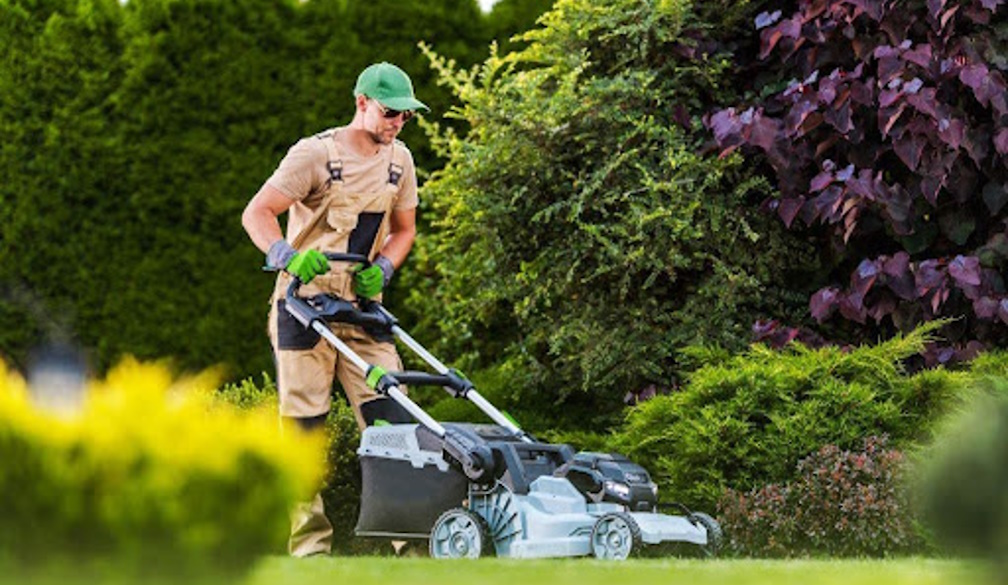How long before we break the two-hour barrier in the men's marathon?
- Written by Simon D Angus, Associate Professor, Monash University
What can you do with 99 seconds? Check your email? Fire off a tweet? Walk 100 metres?
For current men’s marathon world-record holder, Kenyan Eliud Kipchoge, 99 seconds is all that stands between him and the sub two-hour (or “sub-2”) marathon run.
Breaking the two-hour barrier in the men’s marathon could be the defining moment of Kipchoge’s illustrious career.
Read more: Five tips to help your kid succeed in sport – or maybe just enjoy it
But how close is he? How hard is dropping 99 seconds, really?
To find out, in a study published today in Medicine and Science of Sports and Exercise, I crunched the data on all male and female marathon world record times since 1950.
The barrier broken
Kipchoge could break the sub-2 barrier tomorrow, but it is very very unlikely: there’s just a 2% chance of it ever happening, to be precise.
The more likely answer is that we will have to wait until May 2032 to see someone – most likely not Kipchoge – go sub-2 in an official event. By that time, the chance of someone going sub-2 increases to 10%.
But we may have to be even more patient: 2054 sees the probability of a sub-2 marathon rising to 25%.
The reason for the shifting date is that from the standpoint of statistics, there is a direct connection between the predicted date of arrival of the sub-2 moment, and its probability of happening.
The key insight of the approach comes down to the difference between what is likely to happen on average, and what is likely to happen in just one single realisation of the future.
The Bradman average
Take Australian cricketing legend Don Bradman’s phenomenal test batting average of 99.94 runs. This number represents the average over Bradman’s 80 innings (including ten not-outs).
But what we should remember is that, when using this average to predict the future, the average has some variation associated with it. So actually, we should probably quote the Don’s average as 99.94, within the range 71.0 to 128.8.
What these numbers mean is that if Bradman were to have played another ten test innings, then the average of those ten innings would lie, with 95% chance, within the range 71.0 to 128.8. (For the statistician in all of us, yes, that’s a confidence interval.)
Which is helpful. But what if the English skipper who faced Bradman, Norman Yardley, is playing one of those fictional next games. He cares more about what Bradman might score right now, at the crease, not over a series of ten such events.
At this point, Yardley needs what is called a “prediction interval”: the likely range of a single inning’s score (not the average over a number of innings).
Sorry Yardley. The answer is a tad demoralising: the prediction interval for Bradman’s test innings is from 0 to 343.5 runs!
In other words, with 95% likelihood, a single Bradman innings will fall anywhere in the interval 0 to 343.5 runs.
A marathon prediction
Back to the marathon, it is exactly this insight that helps us to make a more accurate point-prediction for when the sub-2 marathon will be run, leading to our May 2032 estimate (with 10% likelihood).
The table (above) shows how the men’s marathon times have been tumbling, especially in more recent years.
The neat thing about the modelling framework is that we can also calculate the likely fastest ever men’s marathon time, again at 10% likelihood. That comes in at 1:58:05 (1h 58m 5s), a prediction that turns out to be remarkably close (within seven seconds) to one made on entirely physiological grounds in 1991.
Importantly, we can also explore female marathon times in the same way.
For instance, in the analysis, the likely fastest ever women’s marathon time equates to 2:05:31 (2h 5m 31s), around ten minutes faster than the current world record, set in 2003, of Paula Radcliffe (UK).
 The UK’s Paula Radcliffe at a half marathon in Portugal just months are she took the world record for the full marathon in 2003.
EPA/Luis Forra
The UK’s Paula Radcliffe at a half marathon in Portugal just months are she took the world record for the full marathon in 2003.
EPA/Luis Forra
But what time target would be the equivalent for women of the men’s sub-2?
Knowing the limits of male performance, we can simply calculate the distance from the male limiting time (1:58:05) to the 2 hour time, a difference of 1 min, 55 secs.
We can then express this difference as a percentage of the male limiting time, giving 1.62%, add it to the female limiting time. This procedure gives us a time that is the same distance, in performance terms, from the female limiting time as the sub-2 barrier is from the men’s.
The result? 2:07:33 (2h 7m 33s) which doesn’t exactly roll off the tongue.
The sub-120 and the sub-130
For this reason, I suggest that a reasonable choice for an arbitrary focus for elite female performance could be 130 minutes (2h 10m 0s). Let’s call it the “sub 130 minute marathon”. (Remember, the sub-2 – or sub 120 minute – barrier is itself entirely arbitrary.)
Which leads us to another important observation.
Paula Radcliffe’s remarkable 2:15:25 (2h 15m 25s) world record was set one sunny day in London in April 2003 – and here we are, almost 16 years later, and the time still stands (see table, below).
For context, the male world record mark has been improved on seven times over the same period. So where are all the female world-record marathoners?
Read more: The science of parkour, the sport that seems reckless but takes poise and skill
I don’t have a full answer to that question. But a fascinating study from 2014 of the characteristics of the best male and female marathoners in recent times gives us an important clue.
While for male marathoners, African runners better their best non-African counterparts to the tune of around 2.5%, for female marathoners, no difference presently exists between African runners and the best of the rest by continent.
It would seem to me that there is likely a group of world-record smashing African female marathoners living somewhere on the planet today, but nobody knows who they are. Yet.
Authors: Simon D Angus, Associate Professor, Monash University
Read more http://theconversation.com/how-long-before-we-break-the-two-hour-barrier-in-the-mens-marathon-112505



















